Another country roads trip through northern California and I have been staying off the interstate freeways as I travel the Sierra and Cascade mountain ranges.
Marysville is north of Sacramento on Highway 99. This town has long been famous for peaches.
“I picked the peaches from the Marysville trees†– Bruce Springsteen in the song “The New Timer†from the album The Ghost of Tom Joad.
Marysville Peach Festival July 20 & 21 sign on boarded up Hotel Marysville. The hotel design is similar to the historic St. Francis San Francisco.
Post update July 18: See the comment section where I found a 2004 Marysville city government document describing the history of Hotel Marysville from its 1920s opening to its current state.Â
I stopped in downtown Marysville looking to eat breakfast at a local diner. Downtown seemed like it was all furniture shops and martial arts studios. Vacant buildings reminded me of many northern California towns I have seen these past three years.
State of the State Theater in Marysville, California.
Center for the Arts, Marysville, California.
Historic Downtown Marysville.
The town has some beautiful Victorian architecture.
Maria’s Mexican Restaurant was not really open at 10am in the morning.
Old town housing in Marysville.
There are still many square miles of peach orchards in the area.
I ended up driving to Oroville for breakfast at Cassidy’s Family Restaurant located across the street from the Holiday Inn Express Oroville.
Sign outside Cassidy’s Restaurant, Oroville, California
Omelet, biscuit & gravy, hash brown potatoes, hamburger patty and coffee for $6.99. This is cowboy food to prepare you for a day out riding your horse on the cattle ranch, or your boat around Lake Oroville, or in my case driving my car into the Sierra Nevada on Highway 70 along the Feather River.
Oroville’s main claim to fame is Oroville Dam, the tallest dam in the United States on the Feather River and Lake Oroville, the second largest reservoir in California. The mountains were calling me and I didn’t linger in the Big Valley to see the dam and reservoir.
California Highway 70 is one of those black dot roads on the AAA map indicating a National Scenic Byway. This route connects to Highway 89, another black dot National Scenic Byway that traverses Lassen Volcanic National Park.
California Highway 70 in the Sierra Nevada mountains along the Feather River.
Ric Garrido, writer and content owner of Loyalty Traveler, shares news and views on hotels, hotel loyalty programs and vacation destinations for frequent guests. You can follow Loyalty Traveler on Twitter and Facebook and RSS feed.



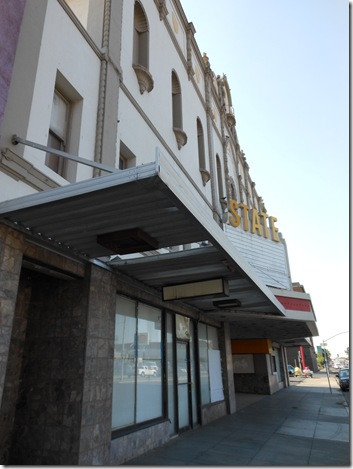
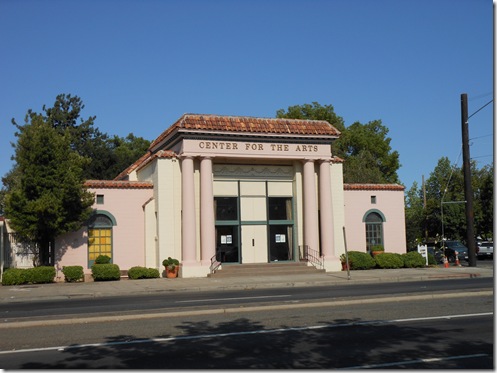
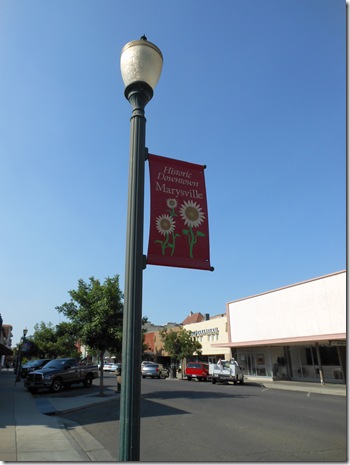
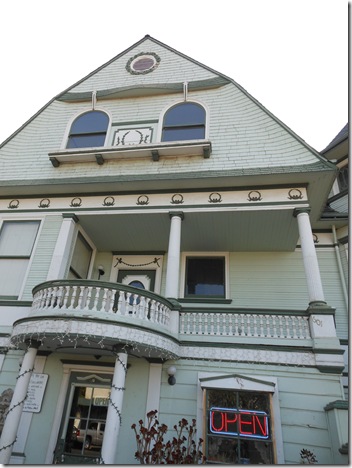
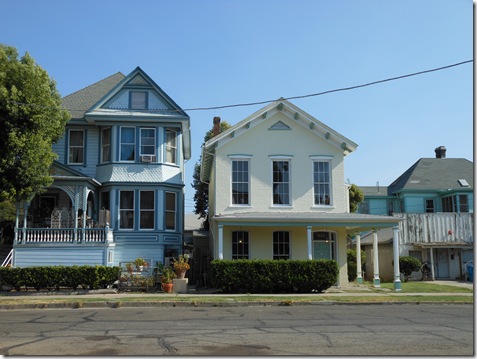
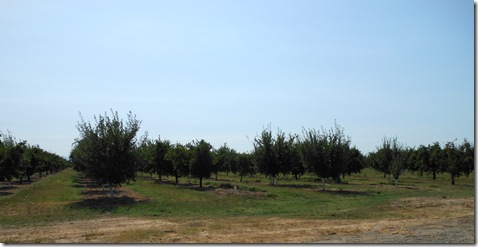
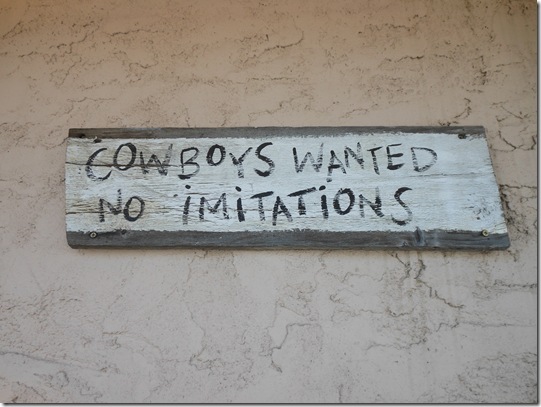
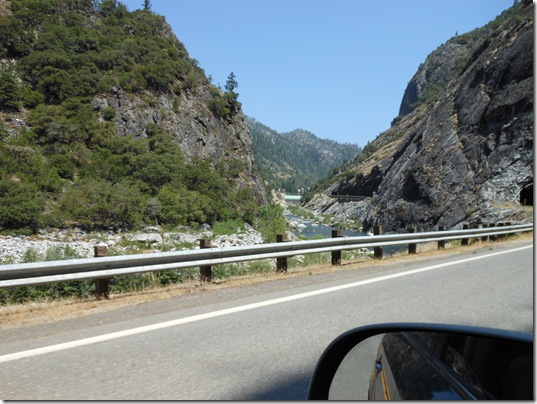

2 Comments
Comments are closed.